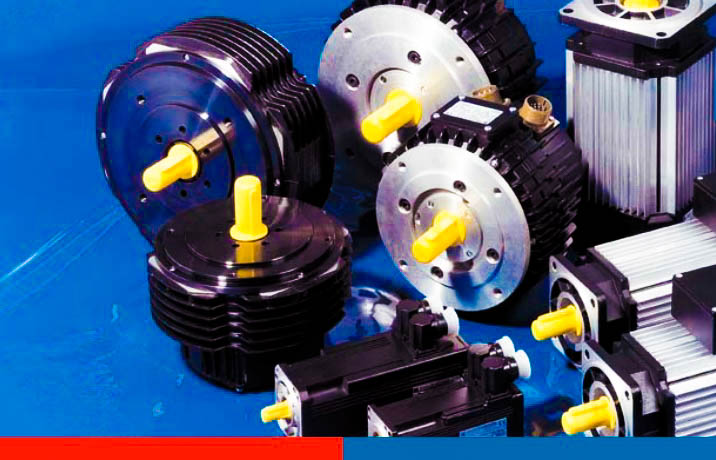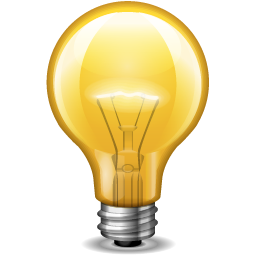|
Servo Motor Comparison (Click Link)
Check out how LS Mecapion compares against Panasonic and Yaskawa.
There’s several categories to compare
each servo motor with, including: Rated Output (W), Voltage (V), Encoder Type,
Max Torque (N.m.), etc…

Since 1973, Mavilor SA have designed and manufactured high performance industrial servomotors which include DC Brush and AC Brushless, in conventional square and axial air gap pancake formats. The new slot-less, ironless core motors provide coggless performance for very demanding medical, simulator and other industrial applications. High torque to inertia ratios and smooth, non-cogging low speed velocity control make Mavilor the intelligent motor of choice for the most exacting applications. CLICK the photo to explore the many products Infranor provides and please feel free to leave us feedback; you can also inquire about more information via e-mail, phone call or by filling out our online form!
 Tips
on Choosing a Motor! Tips
on Choosing a Motor!
Motors should be sufficient
at the highest speed required by the application; exceeding the torque required
by the application will overheat the motor. Reaching a high toque at a low
speed in the beginning stages does not necessarily mean the motor is being
utilized efficiently. To effectively measure
a motors suitability with an application, one should look at power rather than
torque.
 Trivia Trivia
Ever
wonder how DC Motors work? Electric motors are inside all kinds of ordinary
devices, using a power source to make motion. Below you’ll find what makes the
motor go 'round!
1) The
basis of an electric motor is a magnet
- In an electric motor, a central magnet spins, creating motion.
This motion is behind everything from the turning wheels on a toy car to the
starter motor in a real car's engine.
2) Inside
a motor, the attraction and repulsion of magnets keeps a bar spinning. This
creates rotational motion.
3)
The
six basic parts of a simple two-pole motor are: the armature, the commutator,
the brushes, the axle, a field magnet and a DC power supply.
4) A
motor's armature acts as a rotor. The rotor, or armature, is an electromagnet.
When electricity moves through the coils of the armature, it creates a magnetic
field, and the rotor spins.
5) The
two parts of an electric motor that are responsible for changing the direction
of the current are the commutator and the brushes - A commutator is basically a
switch that comes into contact with the brushes in the motor. At just the right
moment, the switch will flip. This ensures that the motor produces steady
motion.
6) The
axle holds the armature and commutator in place -
The
motor's axle runs through the armature and commutator. In addition to holding
them in place, it allows the armature to spin, creating motion.
|